How Oracles Keep Perp DEX Prices Fair
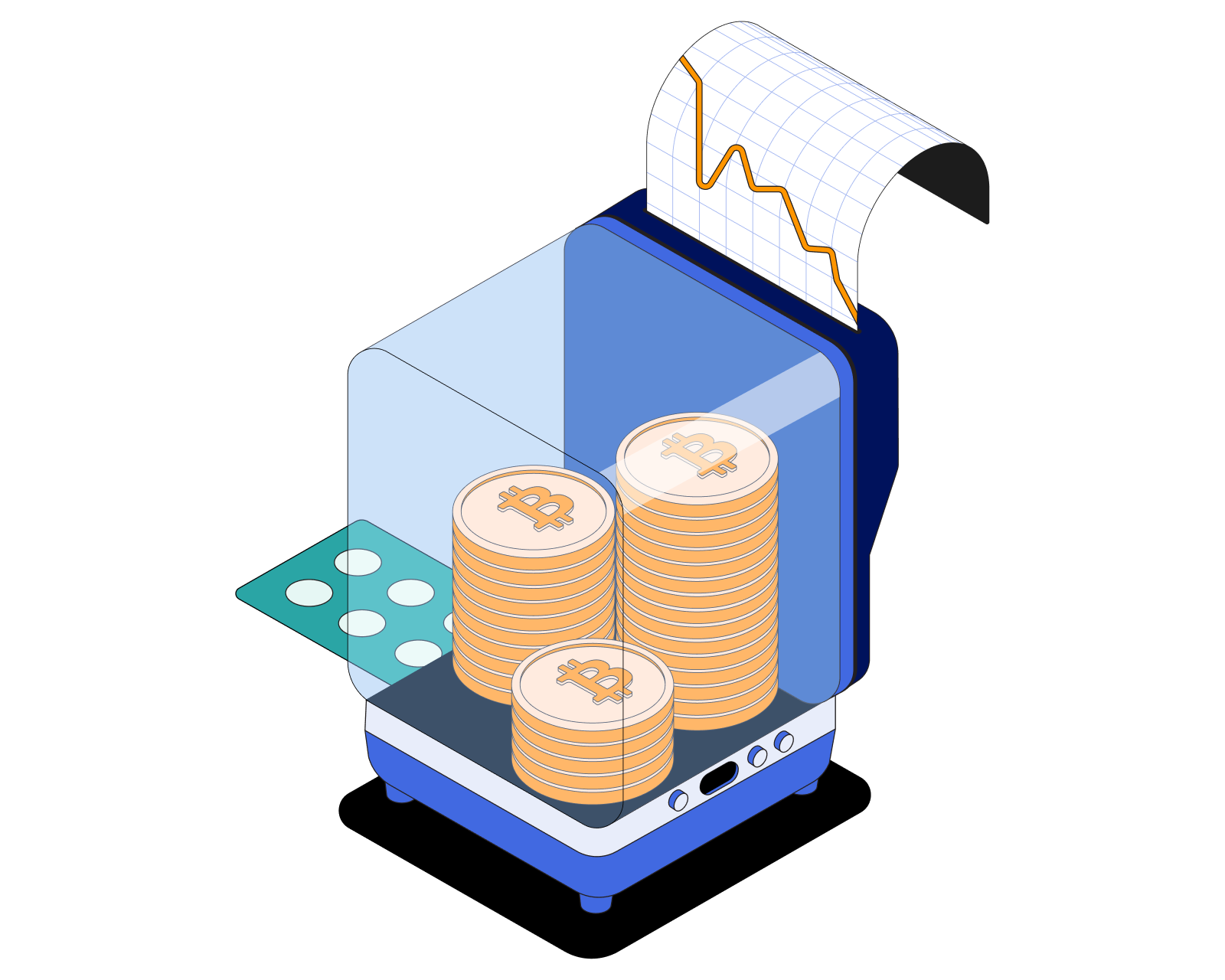
Table of Contents
- Overview - Why Oracles Are Essential to Perp DEXs
- How Oracles Work on Perp DEXs
- The Role of Mark Price and Index Price
- Major Oracle Providers in 2025
- Why Accurate Oracles Matter
- Oracle Manipulation - How Attacks Occur
- How Perp DEXs Defend Against Oracle Risk
- Oracle Latency and Update Frequency
- Future of Oracle Systems in 2025 and Beyond
- FAQ
Oracles are systems that deliver external market data - such as real-time asset prices - to blockchain-based smart contracts. On perpetual decentralized exchanges (Perp DEXs), oracles ensure that funding rates, liquidation thresholds, and mark prices reflect accurate, tamper-resistant information from the broader crypto market.
Overview - Why Oracles Are Essential to Perp DEXs
Perpetual DEXs rely on external price data to function. Every funding rate calculation, margin requirement, and liquidation trigger depends on knowing the true market price of an asset.
Because blockchains can’t access off-chain data directly, oracles bridge this gap - fetching and verifying prices from centralized exchanges, aggregators, and other sources, then publishing those prices on-chain.
Without reliable oracles, perpetual markets could be manipulated, mispriced, or liquidate traders unfairly.
By 2025, advanced oracle frameworks like Chainlink, Pyth Network, Chronicle Protocol, RedStone, and Supra have become integral to major Perp DEXs such as GMX, dYdX v4, Hyperliquid, Drift, Avantis, Reya, and Ethereal, each combining multiple data feeds and validation layers to maintain price integrity.
Read more:
- Understanding Liquidation on Perp DEXs
- How Funding Rates Work on Perp DEXs
- What is a Perpetual DEX? (2025 Guide)
How Oracles Work on Perp DEXs
Oracles act as a data pipeline connecting the real-world market to the blockchain.
1. Data Collection
Oracles aggregate prices from multiple sources - centralized exchanges, liquidity aggregators, institutional feeds, and DeFi pools - to calculate a reliable average.
Example: Chainlink may pull BTC/USD data from Coinbase, Binance, Kraken, and Bitstamp, then compute a time-weighted average price (TWAP).
2. Data Verification
Before submitting data on-chain, oracles perform validation:
- Outlier detection (removing extreme or faulty prices)
- Weighting by volume and exchange reliability
- Timestamping for freshness
3. On-Chain Publication
The verified price is then signed cryptographically and published on-chain at regular intervals. Smart contracts on Perp DEXs read these values as the “mark price” reference for:
- Funding rate calculation
- Margin monitoring
- Liquidation triggers
4. Cross-Validation
Many DEXs now use multi-oracle models, comparing data from two or more providers (e.g., Chainlink + Pyth + RedStone + Supra) to reduce dependency risk.
The Role of Mark Price and Index Price
Mark Price
The mark price is an oracle-driven, fair-value estimate of the asset used to calculate unrealized profit and loss (PnL).
It protects traders from unnecessary liquidation during temporary volatility spikes.
Index Price
The index price is a broader measure derived from multiple exchanges and liquidity sources. It ensures funding rates and contract prices track the global market average.
Together, mark and index prices form the anchor that keeps perpetual contracts synchronized with spot markets.
Major Oracle Providers in 2025
| Oracle Network | Design | Supported Chains | Key Features | DEX Integrations |
|---|---|---|---|---|
| Chainlink | Pull-based | Ethereum, Arbitrum, BNB, Avalanche | Aggregated price feeds with off-chain computation | GMX, Level, Avantis |
| Pyth Network | Push-based | Solana, Sui, Arbitrum, Base | High-frequency data directly from exchanges | Hyperliquid, Drift, Jupiter |
| Chronicle Protocol | Hybrid | Ethereum, L2s | Verifiable on-chain signatures and open-source transparency | Ethereal, Aster |
| RedStone | Modular push–pull hybrid | Arbitrum, Base, Scroll, zkSync | Gas-efficient caching, customizable feeds, composable data architecture | Vector, Perp88, experimental DEX integrations |
| Supra | Cross-chain data layer | Base, Arbitrum, Scroll, Optimism | Fast-finality price feeds, timestamped validation, and multi-chain interoperability | Early-stage integrations with emerging DEXs |
| UMA/Optimistic Oracle | Dispute-based | Ethereum | Dispute resolution for low-frequency updates | Experimental DEX deployments |
| API3 | Airnode | Ethereum, Polygon | First-party data feeds | Select AMM-style perps |
Most leading Perp DEXs combine two or more oracle types for redundancy. For instance:
- GMX v2 uses a hybrid oracle combining Chainlink and fast off-chain TWAPs.
- Hyperliquid runs its own internal price feeds cross-referenced with Pyth.
- dYdX v4 sources data from multiple venues via Cosmos relayers.
- Newer modular DEXs are experimenting with RedStone for gas-efficient feeds and Supra for cross-chain synchronization.
Why Accurate Oracles Matter
-
Fair Liquidations
Liquidations are triggered by mark price movements. Inaccurate data could liquidate healthy positions or allow manipulation-induced profit. -
Reliable Funding Rates
Funding depends on the difference between perpetual and spot prices. If spot data is wrong, funding can drift out of equilibrium. -
Market Integrity
Accurate oracles maintain trader trust and prevent arbitrage imbalances across exchanges. -
Composability Across DeFi
Oracles provide standardized price data that allows perpetual markets, lending platforms, and yield protocols to interact safely.
Example:
In 2024, Pyth upgraded to a sub-second price update system, cutting latency by over 80% and reducing accidental liquidations during high volatility events.
Oracle Manipulation - How Attacks Occur
1. Low-Liquidity Exploits
Attackers can manipulate prices on small centralized exchanges included in the oracle’s data set.
2. Flash Loan Attacks
In DeFi, flash loans can temporarily distort on-chain AMM prices that some oracles reference, causing artificial price spikes.
3. Delayed Updates
If an oracle feed updates too slowly, mark prices may lag behind real market conditions, leading to incorrect funding or liquidations.
4. Single-Source Dependence
DEXs relying on one oracle face downtime or manipulation if that network fails.
How Perp DEXs Defend Against Oracle Risk
-
Multi-Oracle Aggregation
Combining multiple data providers (e.g., Chainlink + Pyth + RedStone + Supra) to cross-check price validity. -
Weighted Time Averages
Using time-weighted or volume-weighted averages to smooth out volatility and outliers. -
On-Chain Circuit Breakers
Halting liquidations or funding if oracle data deviates beyond acceptable thresholds. -
Decentralized Validation Nodes
Networks like Pyth, RedStone, Supra, and Chainlink use distributed publishers to reduce single-point failure risk. -
Community Auditing and Governance
Some protocols, like Ethereal and Avantis, let governance participants vote on oracle source changes and parameters.
Oracle Latency and Update Frequency
Latency
Refers to how fast a new price is reflected on-chain after it changes in the real world.
- Chainlink feeds typically update every 30 seconds.
- Pyth updates in less than a second on supported chains.
- Chronicle uses “heartbeat” logic, updating whenever price changes exceed a threshold.
- RedStone’s modular system lets protocols define update conditions per market, balancing speed and gas efficiency.
- Supra provides <2-second finality through parallel data streams across chains.
Frequency
Faster updates mean greater accuracy but higher gas costs.
Protocols optimize for balance: Hyperliquid and Reya push ultra-fast feeds; GMX and Avantis favor gas-efficient batching; RedStone enables custom update triggers, while Supra focuses on near-real-time synchronization across multi-chain environments.
Example:
During the 2025 BTC volatility surge in April, Hyperliquid’s 250ms oracle updates prevented mispricing, while slower feeds elsewhere caused up to 0.5% mark divergence.
Future of Oracle Systems in 2025 and Beyond
-
Cross-Chain Oracle Meshes
Shared oracle layers enabling unified mark prices across chains and DEXs. -
AI-Enhanced Price Validation
Machine learning used to detect anomalies and correct faulty inputs in real time. -
Permissionless Oracle Markets
Open-source oracle nodes where anyone can publish verified prices. -
Native Layer-2 Oracles
Low-latency systems integrated into rollups and appchains (e.g., dYdX v4 on Cosmos). -
Restaking-Secured Oracles
Combining economic security from restaked ETH with oracle networks to raise reliability. -
Modular Oracle Architecture
Emerging networks like RedStone and Supra are pioneering composable, on-demand data delivery — allowing DEXs to tailor oracle updates for niche assets such as RWA and AI tokens, and synchronize multi-chain funding mechanisms.
These improvements aim to make DeFi oracles faster, cheaper, and more robust - enabling perpetual markets to scale to institutional standards.
Learn more:
- How Perpetual Futures Work on Decentralized Exchanges
- Perp DEX vs. Spot DEX: What’s the Difference?
- What is Leverage in Crypto Trading?
- Risks of Trading on Perpetual DEXs
- How to Choose the Right Perp DEX
FAQ
What is the main purpose of an oracle in a Perp DEX?
To provide accurate, real-time price data for funding rate calculation, liquidation, and mark price management.
Which oracles are most widely used?
Chainlink, Pyth Network, Chronicle Protocol, RedStone, and Supra are among the dominant providers across major Perp DEXs in 2025.
Can oracle failures cause losses?
Yes. If an oracle reports incorrect data, traders can be liquidated or mispriced. Multi-oracle systems help mitigate this.
How often do oracles update prices?
Anywhere from every few seconds (Pyth, RedStone, or Supra) to every 30–60 seconds (Chainlink), depending on asset and chain.
Are oracles decentralized?
Yes, though decentralization levels vary. Some use distributed publishers; others rely on smaller validator sets.
Want to trade safely and efficiently?
Download the Bitcoin.com Wallet App to manage your crypto and trade directly from your phone - no custodians, no middlemen.
And if you’re looking for more advanced tools, check out our pro-trading experience at orangerock.xyz.
Related guides
Start from here →
What is Bitcoin?
Get a straightforward introduction to Bitcoin and why it matters.
Read this article →
What is Bitcoin?
Get a straightforward introduction to Bitcoin and why it matters.

What are Altcoins?
Altcoins are cryptocurrencies beyond Bitcoin. Learn about their diverse functionalities, use cases, risks, and potential.
Read this article →
What are Altcoins?
Altcoins are cryptocurrencies beyond Bitcoin. Learn about their diverse functionalities, use cases, risks, and potential.
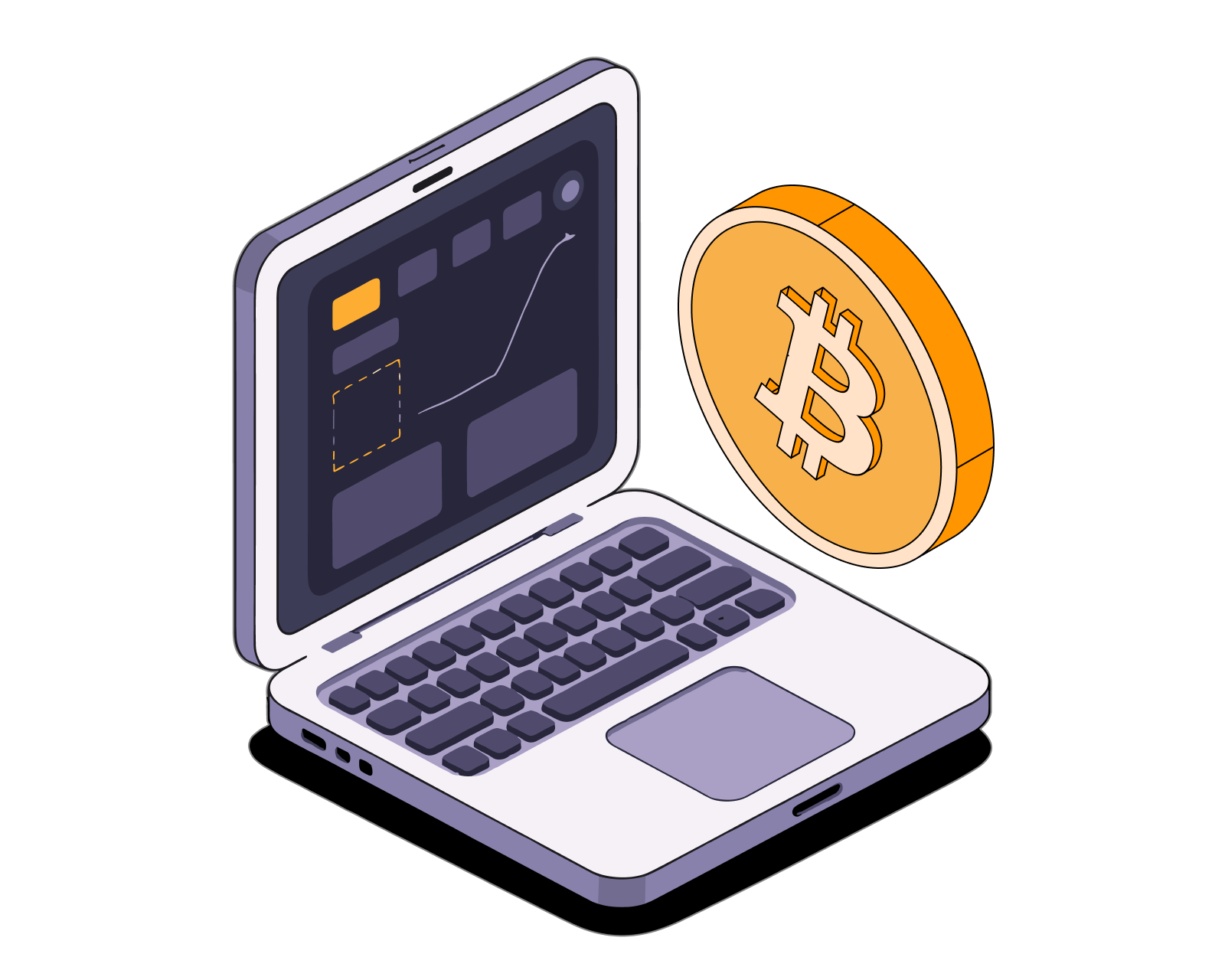
What is a CEX?
Learn about CEXs, the differences between them and DEXs, and whether they’re safe to use.
Read this article →
What is a CEX?
Learn about CEXs, the differences between them and DEXs, and whether they’re safe to use.

What is a DEX?
A decentralized exchange (DEX) is a type of exchange that specializes in peer-to-peer transactions of cryptocurrencies and digital assets. Unlike centralized exchanges (CEXs), DEXs do not require a trusted third party, or intermediary, to facilitate the exchange of cryptoassets.
Read this article →
What is a DEX?
A decentralized exchange (DEX) is a type of exchange that specializes in peer-to-peer transactions of cryptocurrencies and digital assets. Unlike centralized exchanges (CEXs), DEXs do not require a trusted third party, or intermediary, to facilitate the exchange of cryptoassets.

How does crypto exchange work?
How safe is it to store your crypto on centralized exchanges?
Read this article →
How does crypto exchange work?
How safe is it to store your crypto on centralized exchanges?

Reading Bitcoin Charts for Beginners
A beginner's guide to understanding Bitcoin charts, covering candlestick patterns, technical indicators, market analysis, and risk management.
Read this article →
Reading Bitcoin Charts for Beginners
A beginner's guide to understanding Bitcoin charts, covering candlestick patterns, technical indicators, market analysis, and risk management.
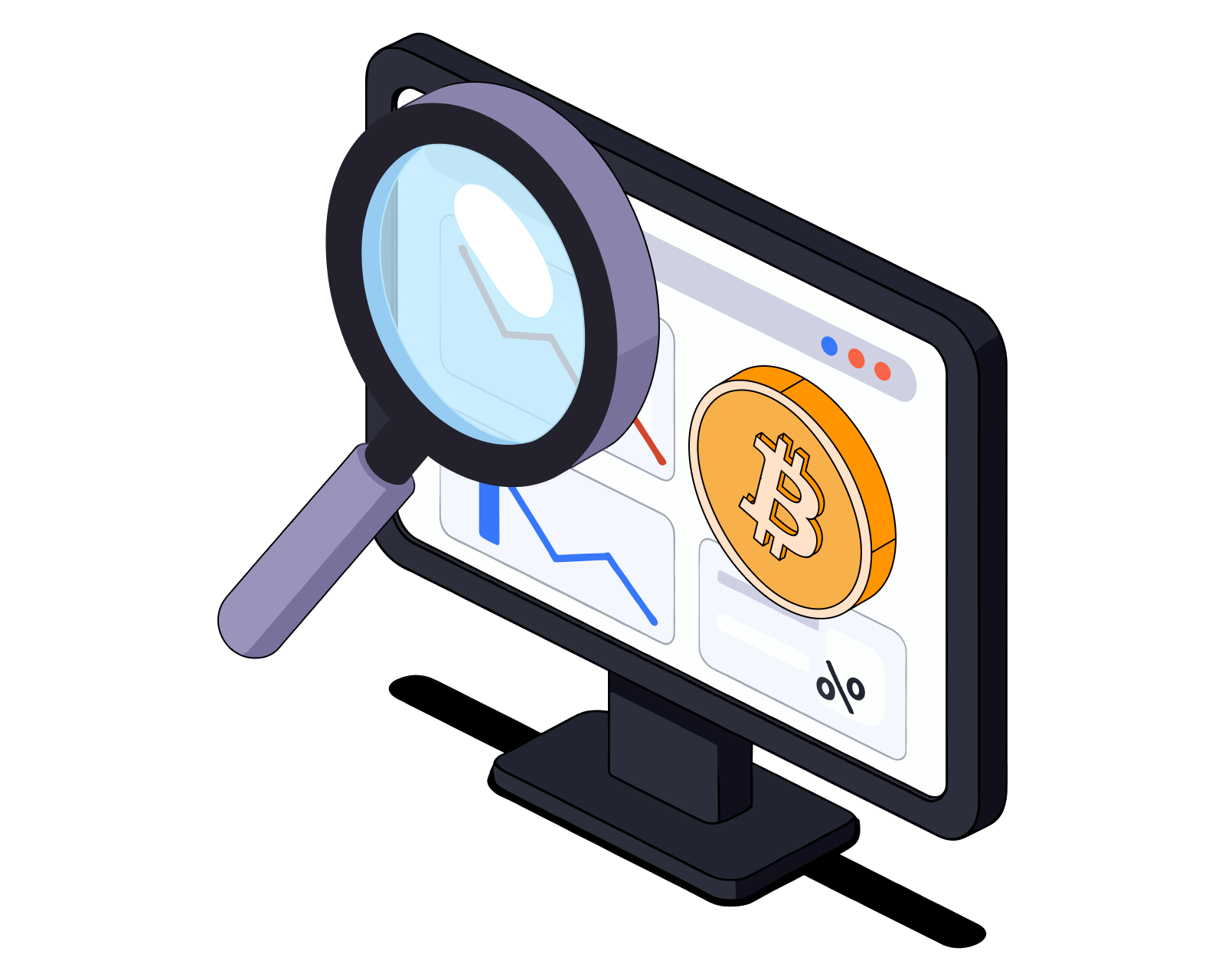
Bitcoin Trading for Beginners
A comprehensive guide to Bitcoin trading for beginners, covering wallets, exchanges, market analysis, and risk management strategies.
Read this article →
Bitcoin Trading for Beginners
A comprehensive guide to Bitcoin trading for beginners, covering wallets, exchanges, market analysis, and risk management strategies.
STAY AHEAD IN CRYPTO
Stay ahead in crypto with our weekly newsletter delivering the insights that matter most
Weekly crypto news, curated for you
Actionable insights and educational tips
Updates on products fueling economic freedom
No spam. Unsubscribe anytime.
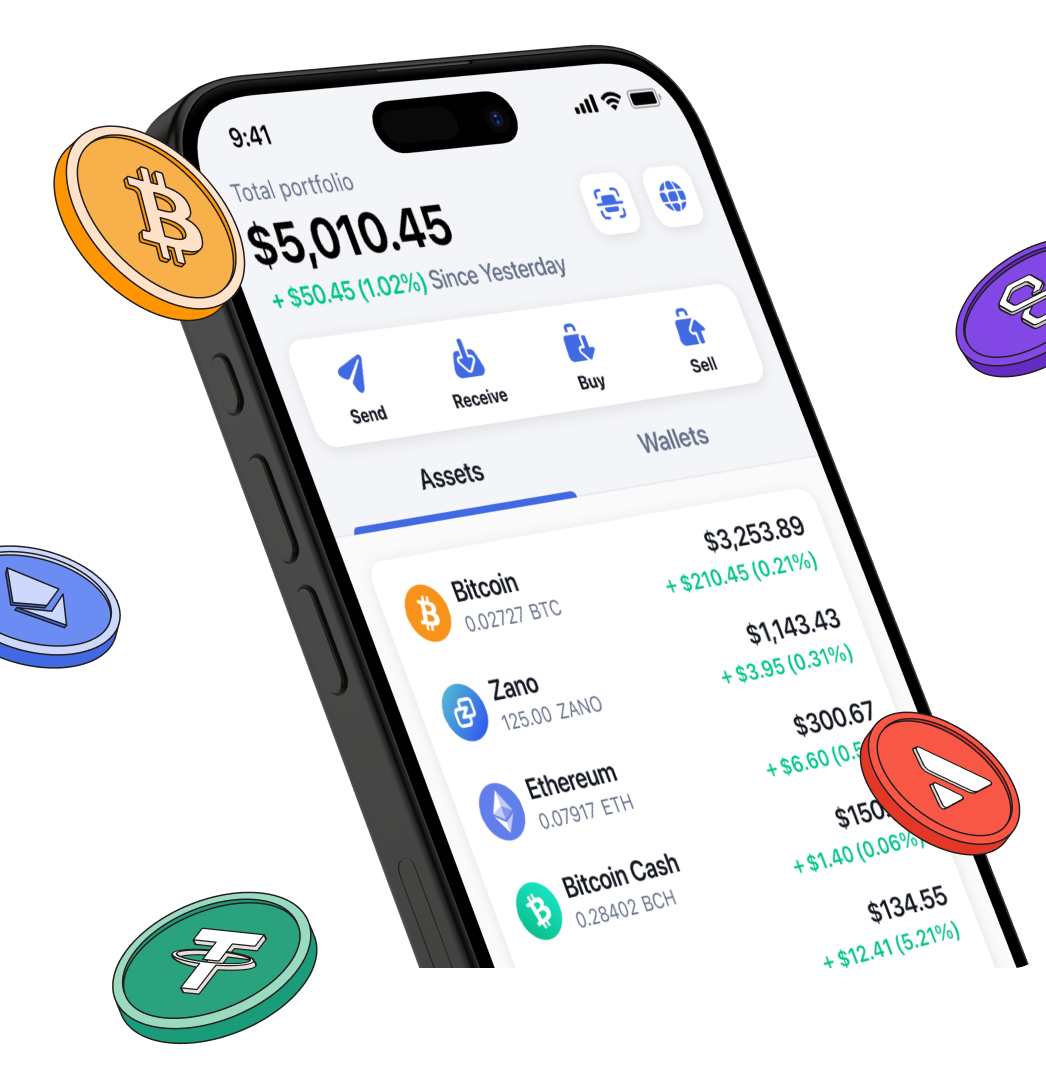
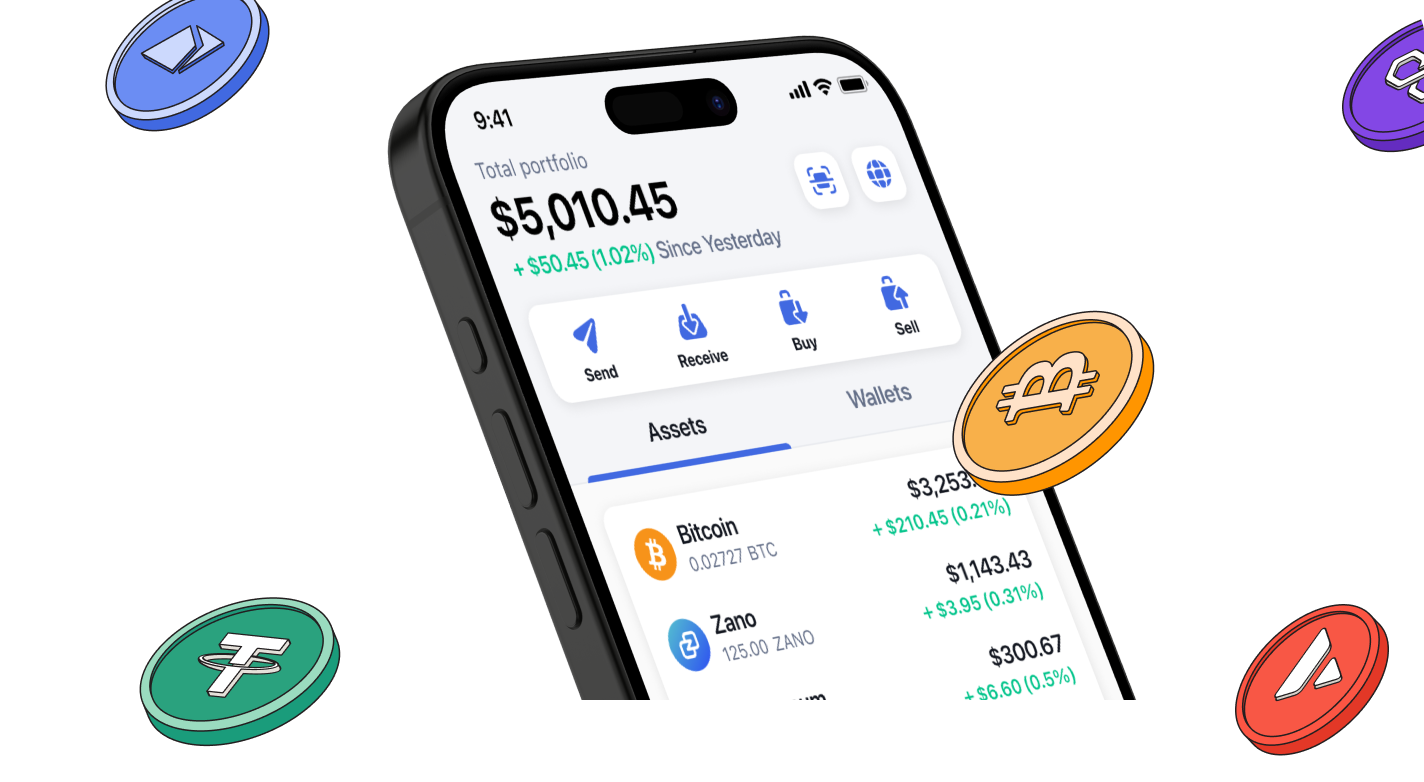
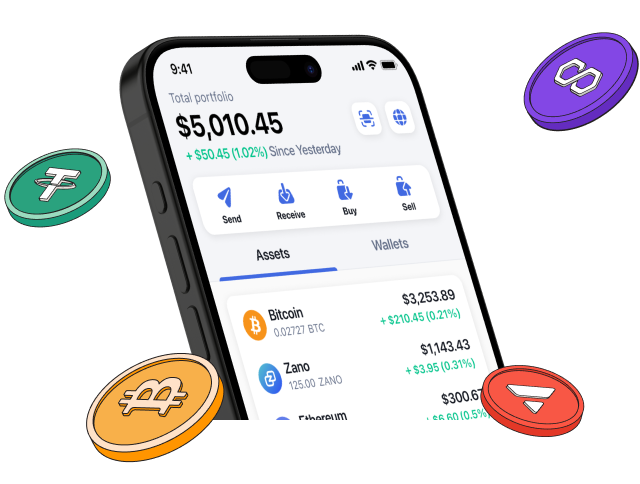
Start investing safely with the Bitcoin.com Wallet
Over wallets created so far
Everything you need to buy, sell, trade, and invest your Bitcoin and cryptocurrency securely

© 2025 Saint Bitts LLC Bitcoin.com. All rights reserved


